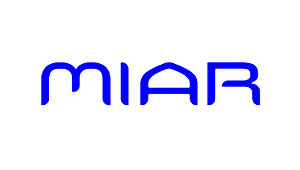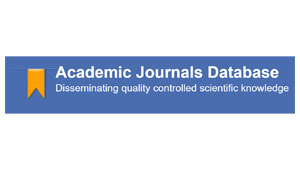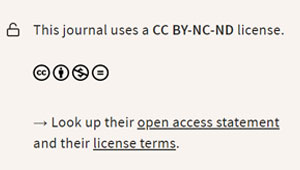Goñi L, García R.J, Suñer L.
DOI: 10.59427/rcli/2023/v23.157-166
Low temperatures represent one of the main limitations for growing olive trees (Olea europaea L.) in many regions of Argentina. In the southwest of Buenos Aires province (SWB), olive oil production is presented as an alternative to the typical planting of winter cereals and livestock production. The aim of this work was: evaluate the timing of phenological stages in the SOB and their relationship to local temperatures. We calculated low temperature risk and frost probability at harvest time and after sprouting. During winter, there was frost risk temperature in Cabildo and Puan, but there was no risk for frost damage in Dorrego. Additionally, no temperature close to -12ºC was found in any location. Furthermore, the likelihood of frost damage to flower buds during sprouting period can affect oil production, mainly in Cabildo. The optimal harvest period with little risk of freezing temperature was earlier in Puan but more extended period in Dorrego. The results would indicate that the SOB region has good weather conditions for olive growing. However, risk will be mainly subject to primarily spring frost, during flower bud outgrowth. These results should be useful to carry out a more efficient management of agricultural practices in olive orchards. Further investigation is still needed to assess additional new information and encourage new investments.
Pág. 157-166, 26-Dec,








